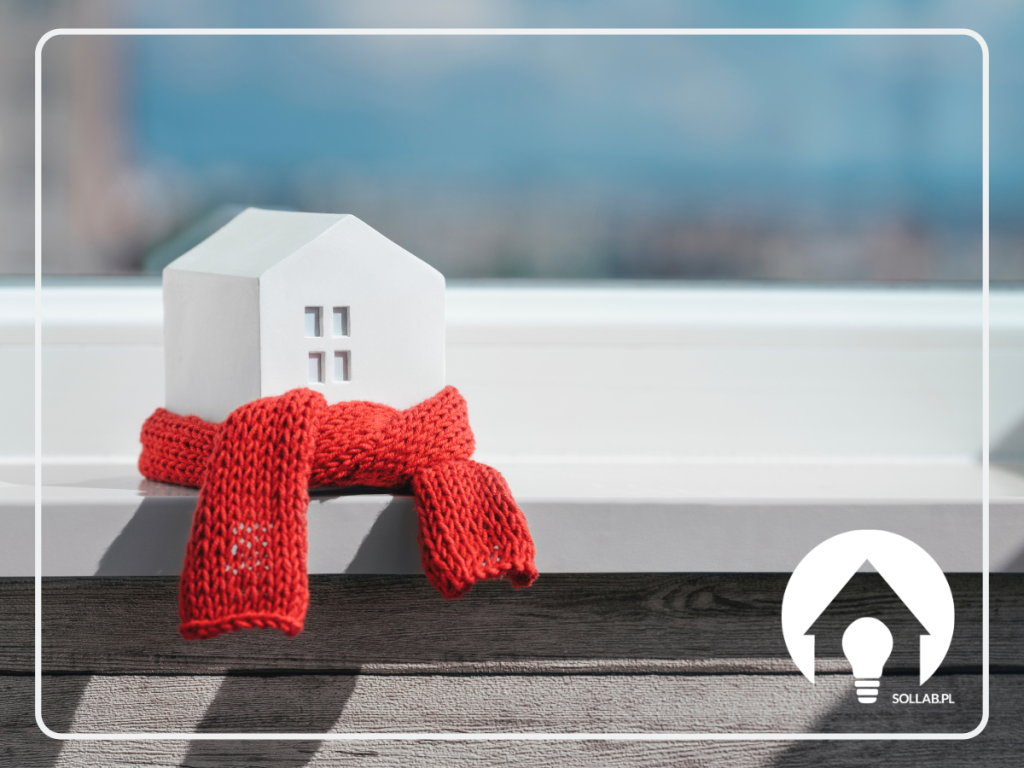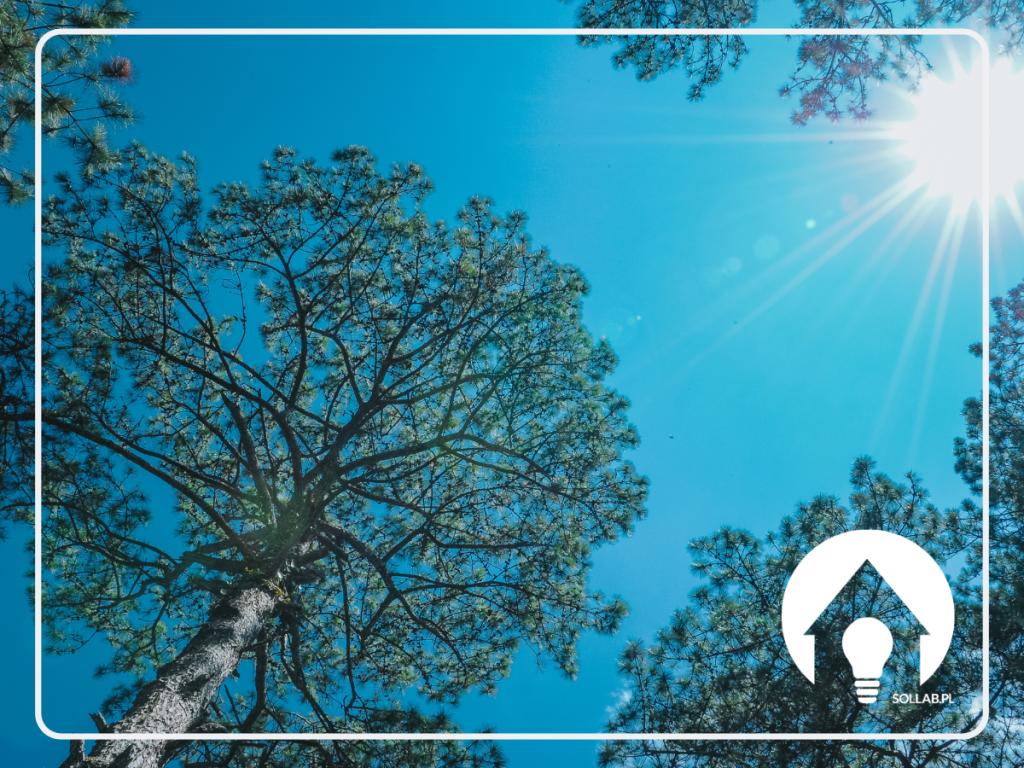Impact of snow on the operation of photovoltaic panels? To shovel snow or not?
Winter took Poland by surprise, covering the roofs of houses and photovoltaic panels with snow. Winter is a magical time when the landscape is covered in a white blanket of snow. However, for PV panel owners, this can raise some questions about the impact of snow on the performance of the installation. Hence, questions arise: does the photovoltaic installation need to be cleared of snow? How might snow affect production? Will the panels stop producing energy? Or is it the other way around? . Today we will look at this issue and dispel any doubts!
Snow on panels and solar transmittance
Covering photovoltaic panels with snow certainly restricts access to sunlight. The thickness of the snow layer is crucial to the effect on light transmission. A thicker layer is much more likely to restrict light access to the panels, acting as a barrier, blocking incident rays from reaching the surface of the panels. In the case of a thin layer of snow, it can have a minimal effect on performance and even, in some cases, slightly increase light reflection.
What affects snow accumulation on the surface of PV modules?
Snow accumulation on photovoltaic panels is influenced by three main factors such as:
- Weather conditions (temperature, wind, humidity)
- Angle of inclination of the photovoltaic panel array
- Properties of the glass covering a PV module
The first factor is important and can contribute to the self-cleaning of the modules. If the temperature rises outside or there is a strong wind, the snow removes itself from the panels. The more difficult cases are when there is frozen snow or frost on the panels. In this situation, the only solution is to wait until the temperature rises and the frozen snow melts.
The angle of the panels and the installation design can affect the panels' self-cleaning from precipitation, including snow. If the panels are designed properly, the snow layer can slide off on its own under the influence of gravity. The recommended angle of inclination in Poland is between 30 and 45 degrees. It is conducive not only to higher electricity production, but also to the ease with which the snow can slide off.
Is it worth shovelling snow from photovoltaic panels?
Snow-covered photovoltaic panels are not at risk of damage. Snow does not in any way permanently reduce performance . For this reason, snow clearance as a means of protecting photovoltaics from damage is not justified. If the roof of the building is not flat and the angle is such that snow does not accumulate on it for weeks, there is no need to react in any way.
If you decide to shovel the snow, you need to know how to do it. Doing it incompetently can damage the panels, e.g. by scratching the glass on the modules. In the case of PV farms, snow removal is sometimes carried out, but this is done with specialised equipment and only when the snow is not frozen. For micro-installations, it is advisable to wait until the snow has melted.
NOTE! Do not shovel snow from the photovoltaic system when the snow is frozen and ice is visible on the panels, as it is very easy to damage the modules. It is advisable to contact a reliable installer or company for such services.
Benefits of snow on photovoltaic panels
Snow can also have a good side. As it slides off the photovoltaic modules, it removes dirt, so the panels are clean and ready to go in spring.
In summary, if snow appears on the panels it is for a short time and does not cause large losses in energy production. A photovoltaic installation can only be cleared of snow in exceptional and justified cases with great care.
















